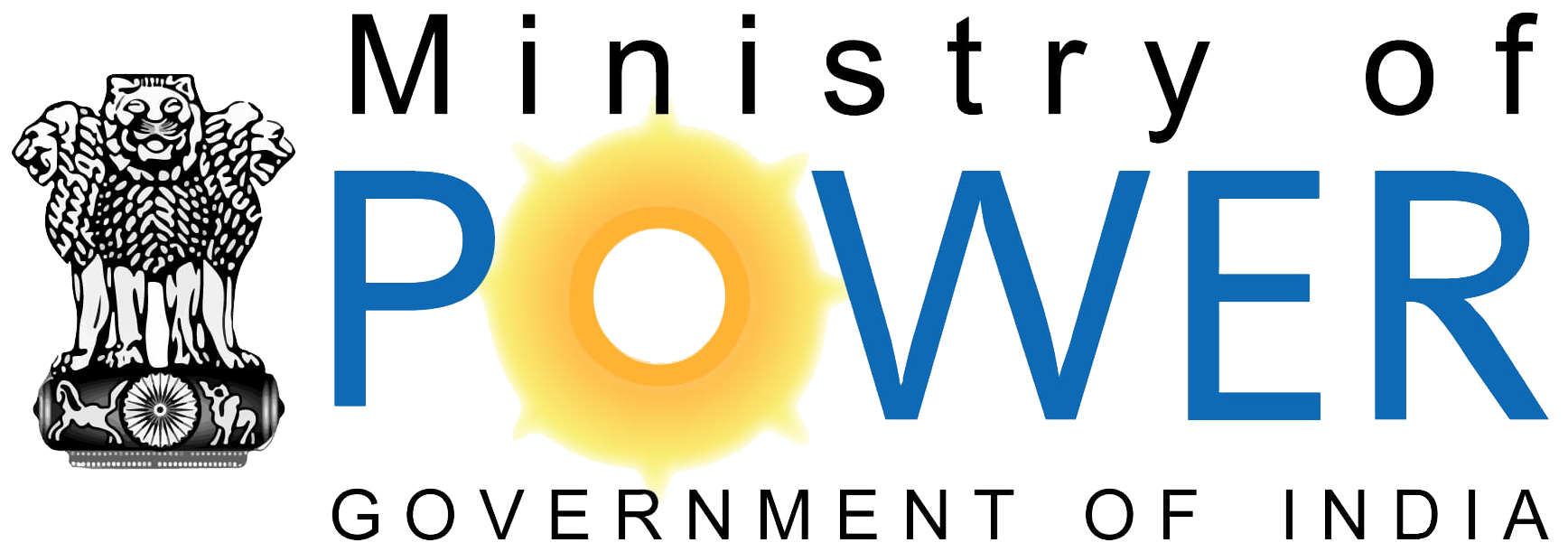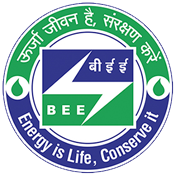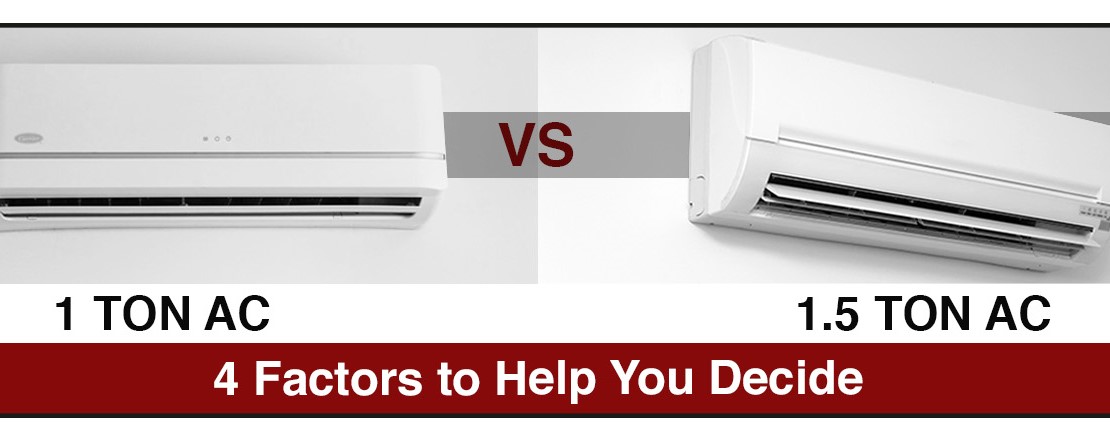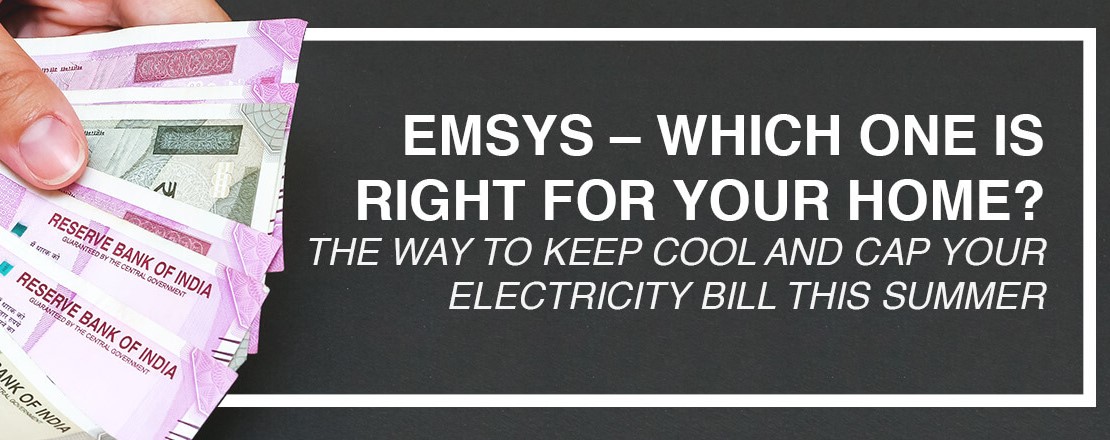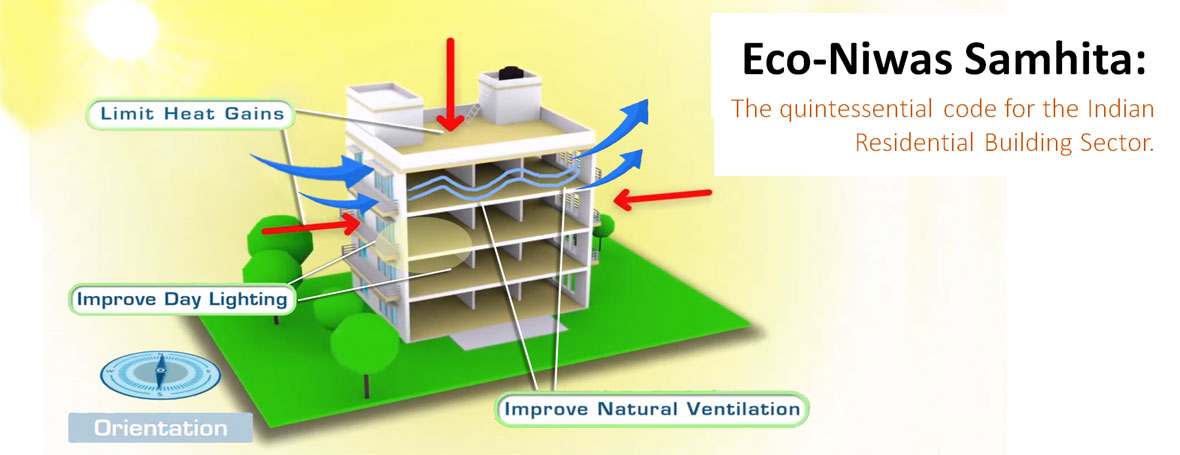
- Posted On: April 15, 2020
Greentech Knowledge Solutions is a Research and Advisory firm which offers services and solutions for improving energy efficiency in buildings, improving resource efficiency in the production of building materials and deployment of decentralized renewable energy systems. Our spectrum of services ranges from assessment of technologies, development of design concepts and design advice, policy research and advocacy, & training and knowledge dissemination. It also serves as the Indian Project Management and Technical Unit (PMTU) for BEEP.
The launch of the Energy Conservation Building Code for Residential buildings, also known as Eco-Niwas Samhita 2018 (ENS), has been a much-awaited step in the right direction for the building and construction industry. Over the past years, increasing number of technical experts have agreed that there is a dire need to mainstream concepts of energy efficient building design into the rapidly developing residential building sector in India and the ENS makes this possible. The Part I of the code, which was launched in 2018 on the National Energy Conservation Day, deals specifically with the building envelope.
Many of those involved in the building construction industry already know that the building envelope plays a crucial role in keeping a building thermally comfortable (in simple terms, cool in summer and warm in winter). However, not many who are planning and making buildings might be aware of how the building envelope can be designed to keep a home thermally comfortable. Unfortunately, we have seen that the trend over the past several years in India has been to use external energy sources, such as air conditioners and room heaters, to keep houses thermally comfortable, instead of relying on the potential of the building design itself to achieve this. So much so that in India, residential buildings contribute to 75% of the overall energy consumption. In fact, as household income increases, the use of external cooling and heating devices in homes is only rising. In addition to this, all other data points to the fact that building stock in India will only increase over the next few years. With these realities in mind, an energy conversation code for residential buildings becomes all the more imperative.
Launched by the Ministry of Power, Government of India and the Bureau of Energy Efficiency, the ENS sets standards for energy efficiency for residential buildings across the country. The Code clearly documents the minimum building envelope performance standards that need to be put into place to limit heat gains in climates where there is need for cooling and to limit heat loss in climates where there is a requirement to stay warm. In addition to this, the code also specifies standards for adequate natural ventilation and day-lighting potential.
The good news is that the ENS has been designed in a user-friendly manner to ensure that it can be used easily and widely throughout the country. The code gives the Architect the flexibility to play with the building design and materials depending on the climate of the region the building is in to achieve the RETV (Residential Energy Transmittance Value). The easy-to-apply format asks only for simple calculations that can be taken from the architectural drawings. What makes this code stand apart all the more is that it does not require the architect to use a simulation software. The icing on the cake is that the Code has been designed so that it can smoothly be adapted into existing byelaws.
An important offshoot of the Code is the inclusion of a compliance tool that is available for use on the Bureau of Energy Efficiency website.
It would not be an exaggeration to say that this residential Code is going to make the lives of many architects and designers much easier. But the benefits of the code are not limited to those who are in the construction side of things. Homeowners and those who live in these houses will greatly reap the benefits of the ENS. It is estimated that if the design of a residential building complies with the Code, then inhabitants can save on their electricity bills by up to 20%. Not to mention that the Code is also going to benefit the affordable housing segment where the occupants are unable to afford external cooling or heating devices. These economically weaker groups, who are usually forced to living in houses that are unreasonably hot or cold, can live in a thermally comfortable house, by ensuring that the affordable and EWS housing schemes comply with this Code.
The ENS has many benefits as has been listed above. At the same time, it is a Code that can easily be integrated into Indian building bye-laws. The next crucial step is to ensure that the Code is actually implemented across India so that we can all reap the benefits of this much needed energy efficiency revolution in the building sector.
To read the entire Eco-Niwas Samhita document, click here and let us know your comments below.
-
- Indo-Swiss BEEP
